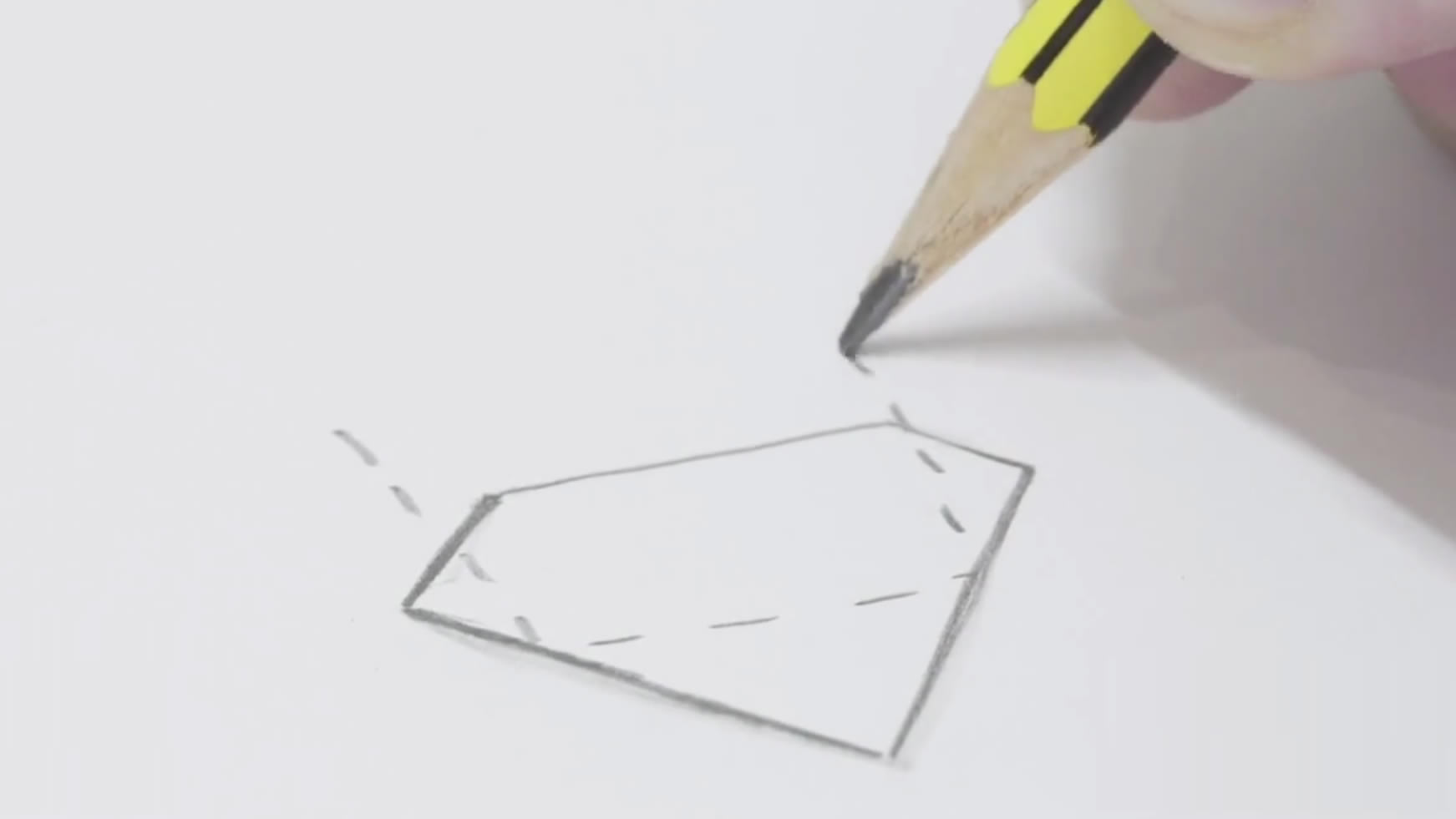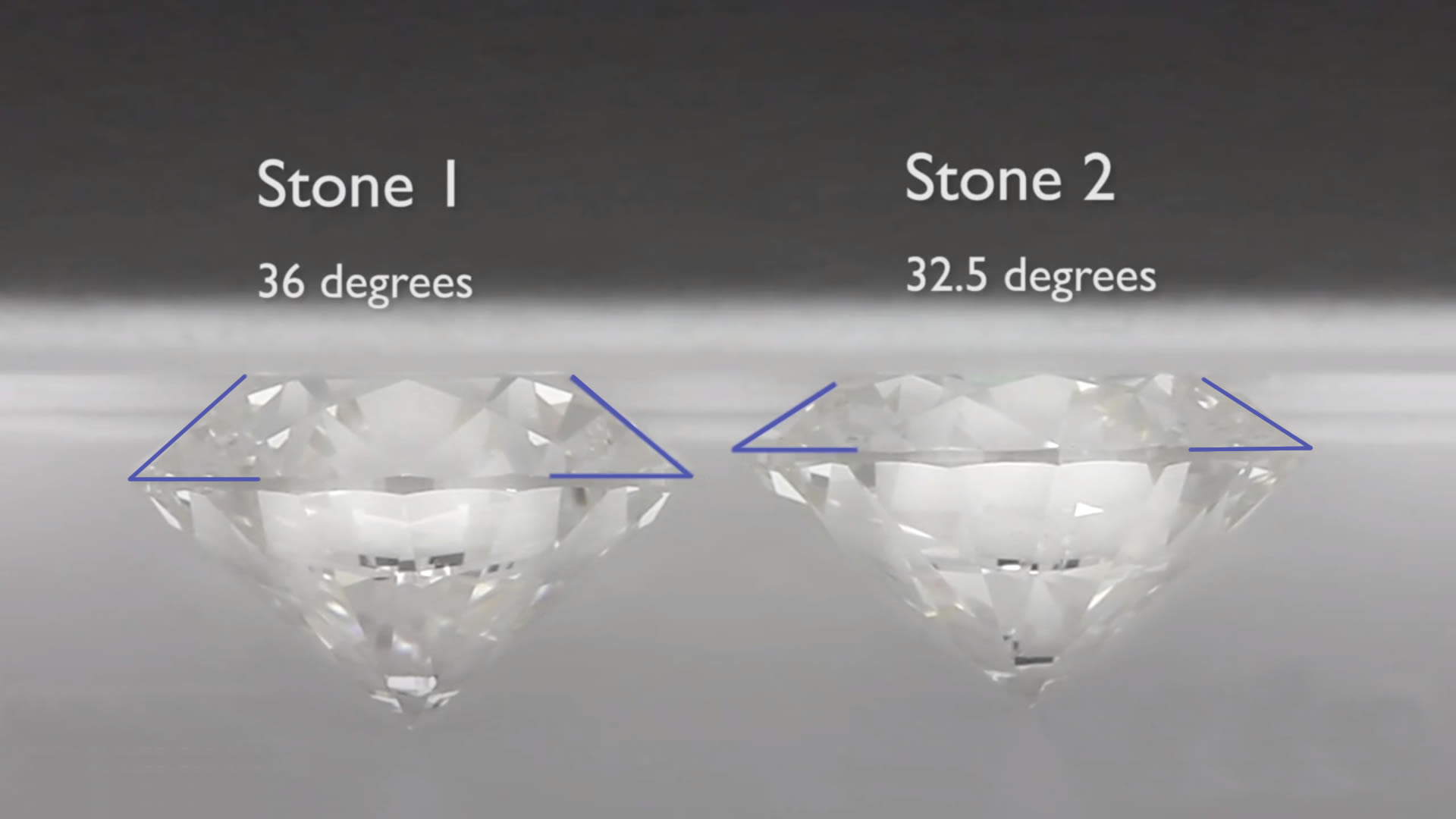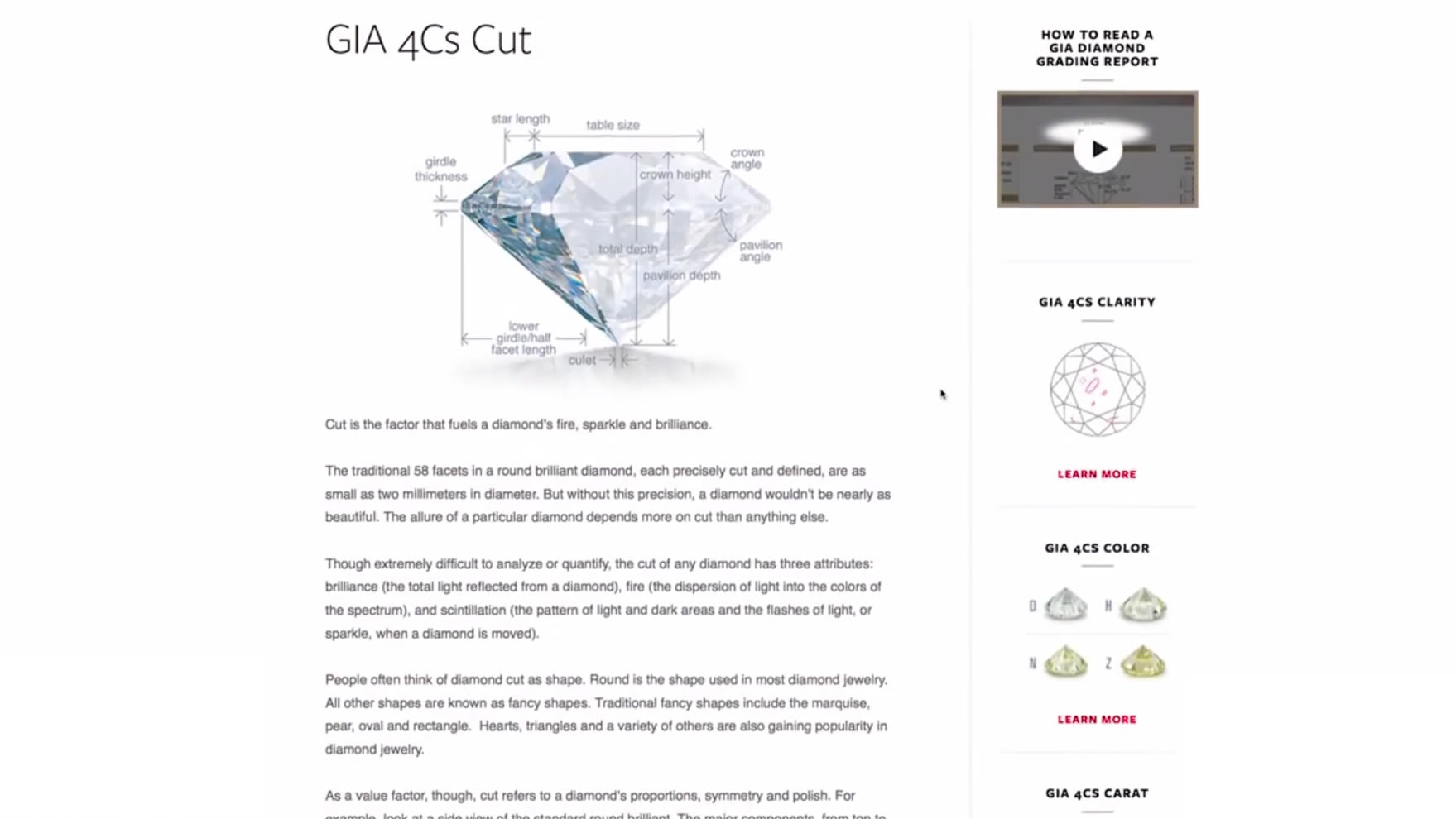How different types of inclusion look under magnification
On a GIA grading report, you will see information on the type on inclusions trapped within the diamond. In this video we explain the different types of inclusion and how they look in the diamond.
When you look at a diamond certificate, you will often have a clarity characteristics line or an inclusion map with a key. This is telling you what the inclusions look like in your diamond and in the case of the inclusions map, where they are positioned within the stone.
We can explore the different types of inclusions, including crystals, needles, feathers, and naturals. The first type of inclusion to consider is called a crystal. Some crystals can resemble a diamond within a diamond, and some can resemble bubbles. Some crystals can be so thick that they start to take on a darker and even a black appearance.
A common inclusion type is called a cloud. This is a very broad term, as it means there is a collection of small inclusions close together. They can look, though, very different. If the diamond has a larger cloud, it may start to appear foggy or hazy, and this can have a significant effect on the appearance of the stone to the naked eye.
A feather is probably the easiest type of inclusion to identify and to find. A feather is a crack or a fracture within the stone that has the appearance of a feather. These are caused by immense pressure as a diamond has risen through the earth's crust. They are nearly always white, and they vary significantly in size and shape.
Needle inclusion: this is similar to the crystal inclusion, but as the name suggests, it is needle-like in shape. This type of inclusion is often white, and is very rarely visible to the naked eye.
An indented natural is where part of the skin of the rough diamond is left on the surface of the polished stone and that then intrudes into the diamond.
There are some other less common types of inclusions, such as twinning wisps. These are formed when a diamond stops growing and then starts growing again, maybe thousands of years later, but in a different direction. This change in grain leaves a mark in the stone, rather like the crown in your hair or a knot in a piece of wood.
Browse our older videos below. If you have a question not covered here or would like more detail, contact our expert team and we’ll happily assist you.
-



